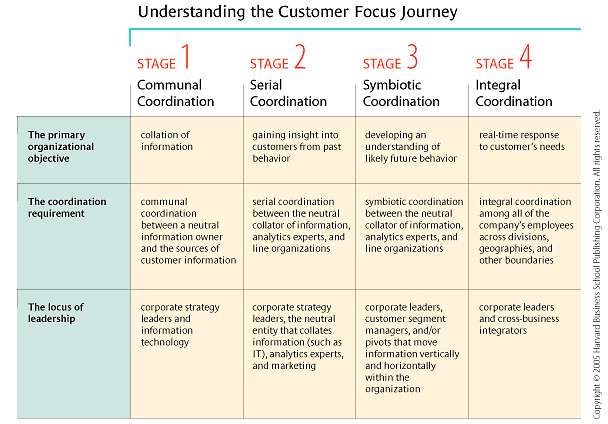Customer satisfaction and the customer experience has quickly emerged as the primary metric of success for retailers. Investing in new technology, staying abreast of fashion trends, and creating in-store experiences are all smart strategies, but the best brands always come back to the Why. Why are you investing in new technology? (To make the shopping and checkout experience better, easier, and faster for your customers.) Why are you mindful of trends (to keep your customers interested.) Why are you offering yoga classes in your stores (to entice your customer to open the door). The answer is always about the customer experience.
Pay attention to the customer. If you’re focusing on the customer, your company is always going to be dynamic and change with the times. You write better software when you have a relationship with your customer and recognize how their needs are changing. You can’t have a business where your customers are not happy with your product.
“Many successful stores are now a cross between a fast-food drive-through and a hotel concierge,” Michael Corkery wrote in the New York Times. As customers, we want it fast, but we don’t want to feel like another number. We want convenience and customization. Here’s how to prioritize customer satisfaction.
1. Look to the data.
Who are your most valued customers? Look to repeat customer data and conversion rates to decipher who your super users are. Then, frankly, ask them what they want. What do they like about your customer experience? What do they dislike? What features do they wish your store/checkout process had? Survey them. The best companies talk with their customers as often as possible. You gain their trust. The best decisions and strategies are a blend of art and science. Use data in your decision making, but also talk to real people to find out what they need.
2. Treat your employees like customers, too.
You need to give your store associates the know-how and the ability to improve the customer experience. Target realized that making employees on the front lines happier led to better business. Build this into your model. You have to meet with your employees; do quarterly business reviews; engage with them. To compete with the ease and convenience of online shopping, retailers must provide excellent customer service. A study by credit card processor Adyen found 86% of consumers say they left a store without a purchase when faced with long checkout lines. Those estimates total losses up to $37 billion dollars. Yes billion. Don’t let that happen to you
3. Involve the entire company.
Harvard Business Review studied customer focus and how companies can transform their businesses into a customer-first organization. The found it’s a multi-stage process that the entire company needs to rally around—not just the marketing or customer service departments. “They can become customer focused only if they learn everything there is to learn about their customers at the most granular level, creating a comprehensive picture of each customer’s needs—past, present, and future,” Ranji Gulati wrote. He developed a four-step process for companies to better understand and serve their customers:

4. Trust your gut.
Data is extremely important, but don’t forget about good old fashion common sense. When you have the experience to know what’s right for your company and your customer, you should rely on that intuition. There always a need for checks and balances—setting concrete goals that you measure regularly is a smart way to validate (or disprove) your instincts. Be adaptable, be ready to pivot, listen, and learn and you’ll build a business that customers keep wanting to come back to.